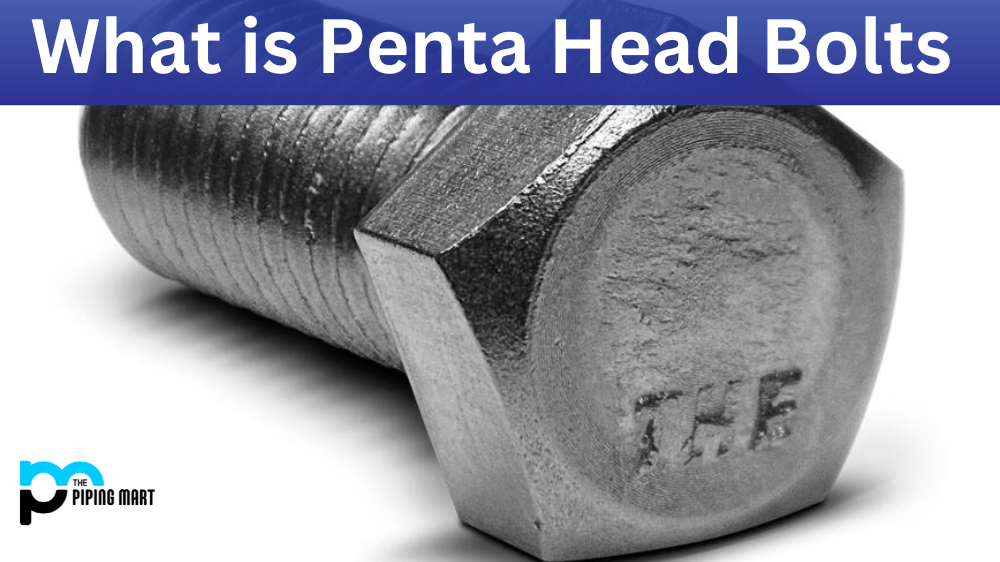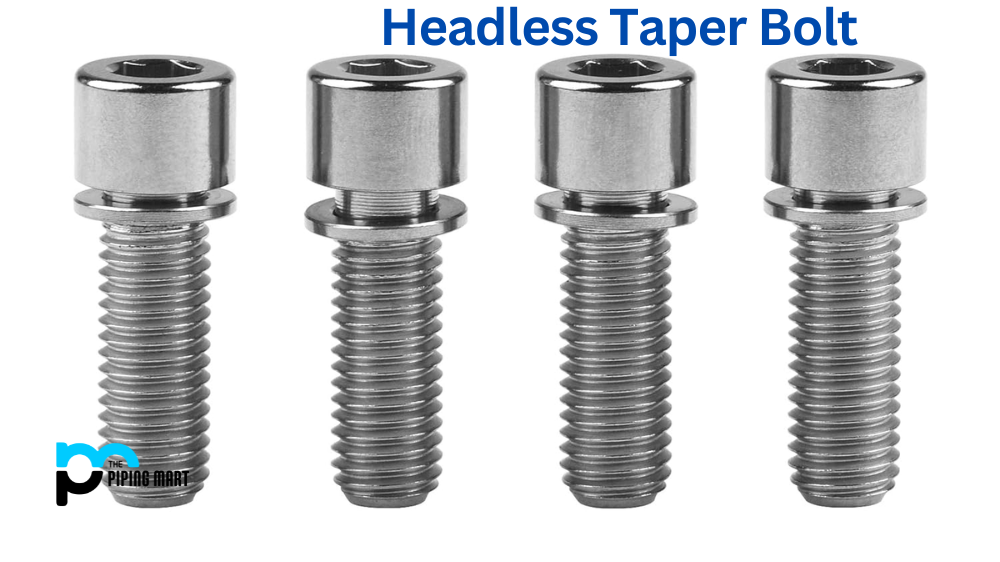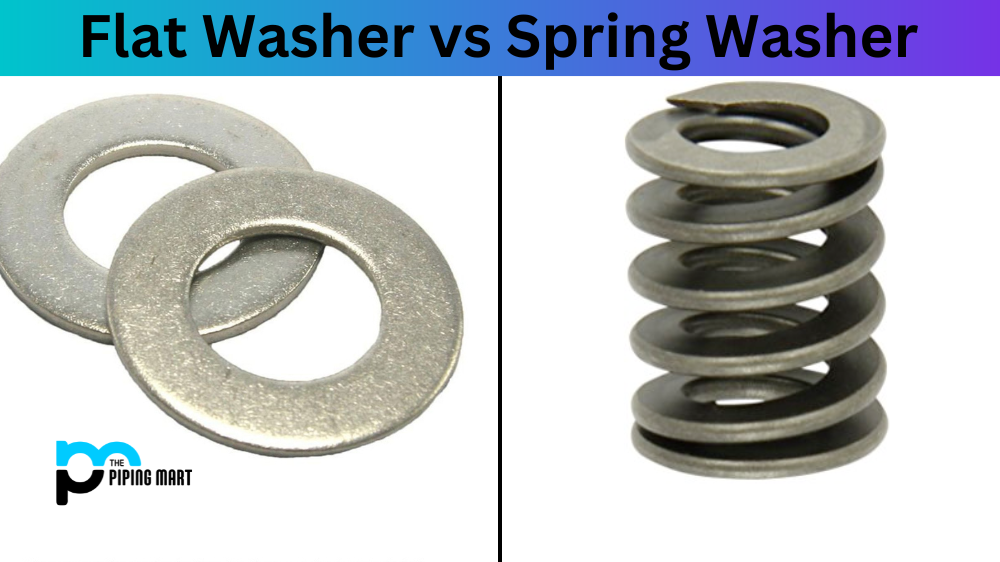Screw joints are essential when it comes to building and assembling DIY projects. They hold the materials together and ensure the project is sturdy and functional. However, there is more to screw joints than just a simple threaded fastener. Several types of screw joints are available on the market, each with a specific purpose and requirements. In this blog post, we’ll discuss the types of screw joints you can utilize for your DIY projects and when each type of joint is the most appropriate.
Types of Screw Joints
Wood Screws
Wood screws are one of the most commonly used screw joints. As the name suggests, these screws join wooden pieces together while ensuring that the screw holds the threads firmly in the wood. Depending on your project requirements, wood screws have two common types of heads – countersink head and pan head. Countersink head screws are used for countersunk holes, while Pan head screws are used for non-countersunk holes.
Sheet Metal Screws
Sheet metal screws are designed for joining sheet metals, and they work by drilling into the material while creating enough grip to hold it together efficiently. Sheet metal screws have a sharp, pointed tip that makes it easy to plug into thin metals. These screws have a flat or countersink head providing enough countersinking depth for the screw head.
Machine Screws
Machine screws are designed to join threaded parts and parts made of metal. They are often used with nuts as they have no threads. Depending on the application, machine screws can come in different thread sizes or lengths and have flat, pan, round, or truss heads.
Lag Screws
Lag screws are known for their high-strength fastening aptitude. These screws are used when shear and axial strength are required, typically in wood-to-wood or metal-to-wood joint applications. Lag screws are also used to fix heavy timber and engineering applications.
Concrete Screws
Concrete screws work by drilling into masonry, concrete, or bricks, and they are perfect for building DIY projects anchored on concrete. They have a sharp, pointed end that drills into the surface and expands the screw thread into the material, providing a solid, secure hold that won’t quickly come loose.
Conclusion
Screw joints are available in various shapes, sizes, and functionalities, and each type of screw is designed to suit different requirements and applications. Whether building a furniture piece, a shelf or just assembling other parts, understanding the appropriate screw joint for your project is essential. This blog post has outlined the types of screw joints commonly used for DIY projects, and we hope it will assist you in making an informed choice when selecting a screw joint for your next DIY project.

A passionate metal industry expert and blogger. With over 5 years of experience in the field, Palak brings a wealth of knowledge and insight to her writing. Whether discussing the latest trends in the metal industry or sharing tips, she is dedicated to helping others succeed in the metal industry.




